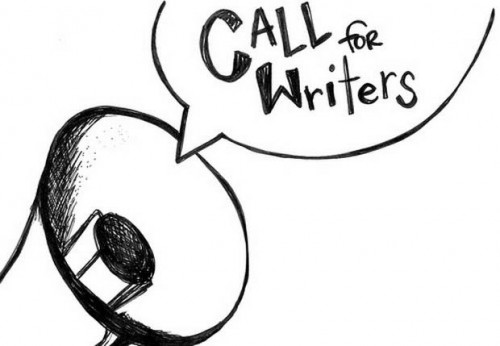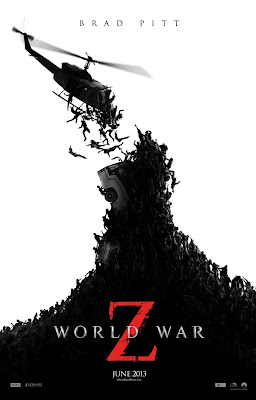 |
| World War Z movie poster |
Written by Amanda Rodriguez
Spoiler Alert
As someone who read and enjoyed Max Brooks’ novel World War Z, I confess that I was doubtful that the film version (also entitled World War Z) could do the complex, multiple perspective, international, decade-long “oral history” justice. Turns out, I wasn’t wrong. The sociopolitical commentary alone, not to mention the strong critique of U.S isolationism, was completely lost in the film version. Though more convenient from a narrative perspective, the film loses much of the novel’s integrity with its choice to only follow the Lane family while making American Gerry Lane (played by Brad Pitt) the sole hero of the tale. The richness of the multiple nationalities, generations, genders, educational backgrounds, etc of the perspectives represented in the novel is totally lost. The comic website The Oatmeal gives us the best film/novel comparison to date:
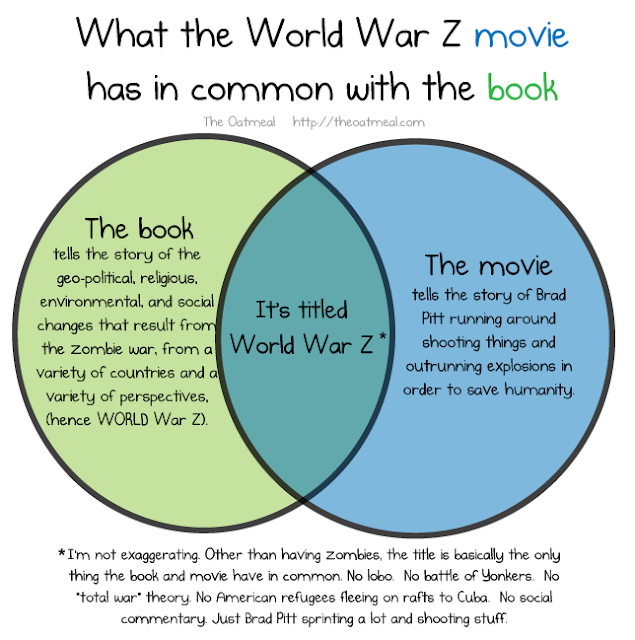 |
| The Oatmeal film/novel comparison hits the old nail on the head. |
The prominent female characters in World War Z, while notably few, are intriguing, as they’re simultaneously strong and compelling, but ultimately traditional in their depiction. First, we meet Karin Lane, hero Gerry Lane’s wife, portrayed by the talented Mireille Enos (best known for her leading role on the acclaimed series The Killing).
 |
| Enos’ character Karin shields her daughter as she anxiously awaits her husband’s return along with an inevitable zombie onslaught. |
*(Check out fellow Bitch Flicks writer Megan Kearn’s post on Enos’ masterful performance on the series The Killing: Why Steely Homicide Detective Sarah Linden is so Refreshing)*
Prior to New York’s zombie infestation, we meet the Lanes in all their domestic bliss. We find stay-at-home dad Gerry making pancakes, presumably designating Karin as the sole breadwinner. Later we learn that this is because his job with the United Nations was so über important and he was super über valuable but walked away from it to be with his family. This undermines the unconventionality of the couple’s marital arrangement because the “man called out of retirement for one last world-saving job” is a tired, overplayed Hollywood trope.
However, when chaos breaks loose in the city, Karin is remarkably calm and self-possessed. She is effective in a crisis, quick-thinking, solution-oriented, and follows direction well. Karin never belts out the quintessential zombie flick chick-scream despite the fact that her entire world is devolving into terrifying, incomprehensible mayhem. It’s a pleasure to see such a strong leading lady mastering her emotions, taking action, and protecting others.
On the other hand (a hand that is unfortunately much bigger than its counterpart), Karin is much in need of Gerry’s protection. After escaping the zombie outbreak in the heart of the city, Gerry and Karin along with their kids join a civilian looting of a grocery store where Karin is attacked by two men who attempt to rape her. We could’ve lived without this attempted rape, as it does nothing to complicate the plot since there are few, if any, other instances of commentary on post-apocalyptic human-on-human violence. No, this is an excuse for Gerry to save his wife and expose her as a symbol of female vulnerability that must be protected in the face of this great crisis.
 |
| It’s amazing how many scenes show the two useless daughters sleeping…still better than the ones where they’re awake and jeopardizing everyone’s safety. |
This symbolism builds as Gerry leaves behind Karin and their two irritating daughters (who cause nothing but problems) on a secure military ship while he goes off to save the world. He barters his family’s safety for his services. We watch the couple each programing their satellite phones through which they communicate while Gerry is on his mission; Karin types “GERRY,” while Gerry types “HOME.” Throughout history and especially war narratives, women, particularly wives, have been symbols for home. Men typically pine for and seek to protect these women because of the cultural continuity they embody. Women shelter and raise children, instilling in them their culture’s values while ordering the home and keeping/creating peace. Though his country and world’s infrastructure has collapsed along with any semblance of civilization as he’s known it, Gerry seeks to protect HOME as embodied by his vulnerable wife and irritating daughters. Karin houses inside her this symbol of “home” replete with its comforting memories and the subtextual notion that through her and her daughters the human race can continue via their reproductive capacities as well as the cultural legacy they can advance.
The other noteworthy primary female character is Segen, a young soldier in the Israeli military charged with protecting Gerry and spiriting him to his plane to escape as zombies infiltrate and destroy Jerusalem, the last stronghold of civilization. (I’m not even going to touch the religious implications of that one.)
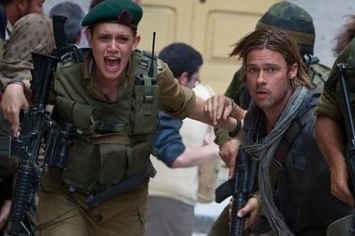 |
| Segen, charged with Gerry’s safety, winds her way through the labyrinthine city. |
Make no mistake, Segen (depicted by Daniella Kertesz), is a hardcore badass. She’s a brave soldier who does not succumb to the feverish panic that overtakes her home during the zombie attack. She skillfully wields a big-ass gun and does her duty to protect Gerry and guide him to safety. Unfortunately, Gerry ends up saving her (of course because this guy has got to save everyone, especially if there’s a vagina involved). When Segen is bitten, Gerry cuts off her hand at the wrist, saving her life. She (understandably) begins screaming uncontrollably, and he drags her onto the last plane escaping the city where he dresses her wound. To her credit, Segen never loses consciousness and bears it all without painkillers.
 |
| Gerry protects and cares for the young female soldier: the paternalistic attitude of the film on full display |
Later, she is instrumental in Gerry’s plans to thwart the spread of the virus at a research outpost of the World Health Organization, using her military skills in stealth and weaponry, but we know nothing about her. We only have the name “Segen,” with no idea if it’s her first/last name or a nickname. Though she’s a major character who survives to the end, we learn nothing of her background, who she’s lost, or even how she feels about her military conscription. I confess; I find her military conscription to be her most interesting quality. Women are required to serve in the Israeli military for at least two years, and Segen seems to embrace her role naturally, her fearlessness and aggressiveness serving her well at the end of the world. It made me curious whether or not she’d chosen to stay enlisted beyond her two years. Had she chosen the life of a career military officer? What were her hopes and dreams before the world went to shit? Apparently, it’s not important for her to be three-dimensional despite the fact that we learn much more intimate details about much more minor characters…who happen to be male.
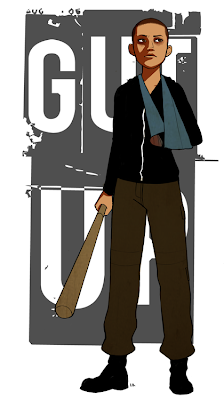 |
| Drawing of Segen as she scours a W.H.O facility for deadly diseases while dodging zombies. |
Though she, like the young Tomas, only lives because Gerry saved her, Segen is not enfolded into the Lane family at the film’s close. The Lanes adopt Tomas because he’s lost everything, and they feel responsible for him. Though the same is true of Gerry’s attitude toward Segen, she is not invited to join the extended post-apocalyptic family with ties that are more than blood. Perhaps it’s because the filmmakers can’t imagine Karin not being jealous of the fierce, beautiful young woman whom Gerry’s taken under his wing. Perhaps they thought it too non-traditional to have two women of sexual maturity living together because of potentially polyamorous implications. Instead, Segen just disappears. We don’t know where she goes after the film has ended much like we don’t know where she came from before the the movie began.
Though both Karin and Segen are strong, admirable women, we didn’t get to know them outside their relationship to Gerry. The film chose not to develop them as individuals separate from Gerry because they’re both designed to reflect back upon him, his intelligence, perseverance, and morality. Gerry is a messianic figure, and who are the Virgin Mary or Mary Magdalene without the narrative of Christ? They, like our two World War Z female characters, are props on our hero’s journey, illustrating more about him and his qualities than exuding any sort of well-rounded individuality. Though I’m surprised and pleased that I liked the women of World War Z (not the female children, though; them I abhorred), the film left me wishing it had bothered to develop its badass female characters.
